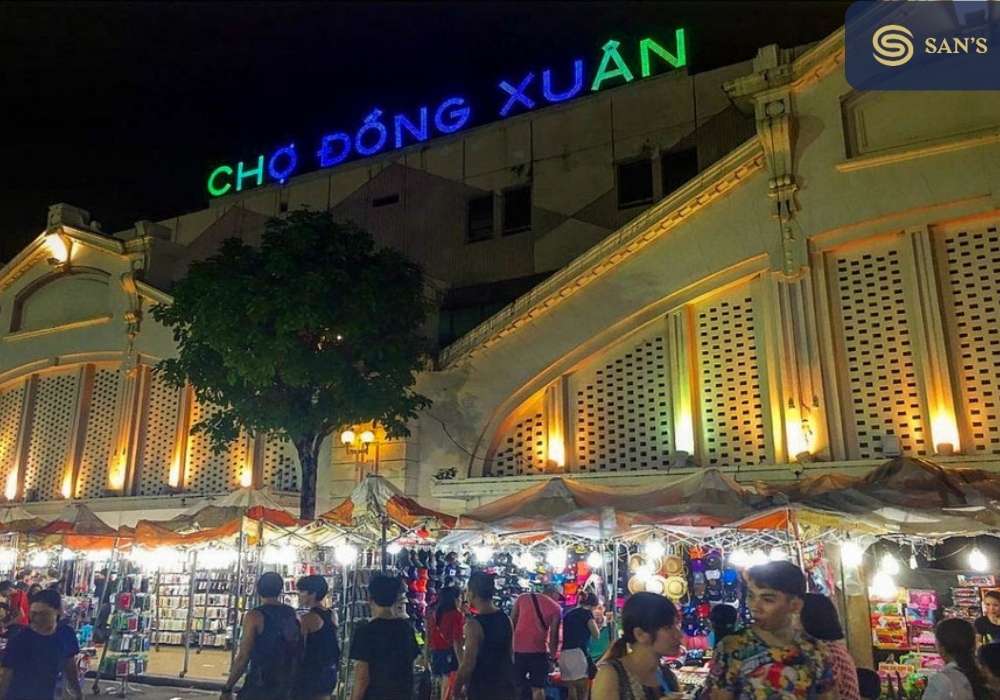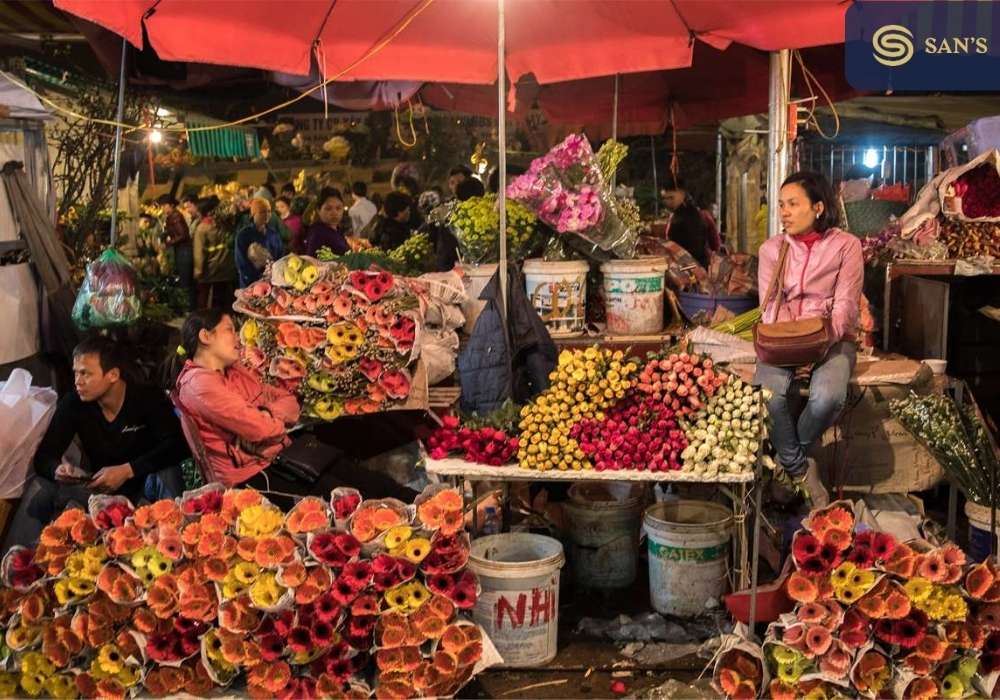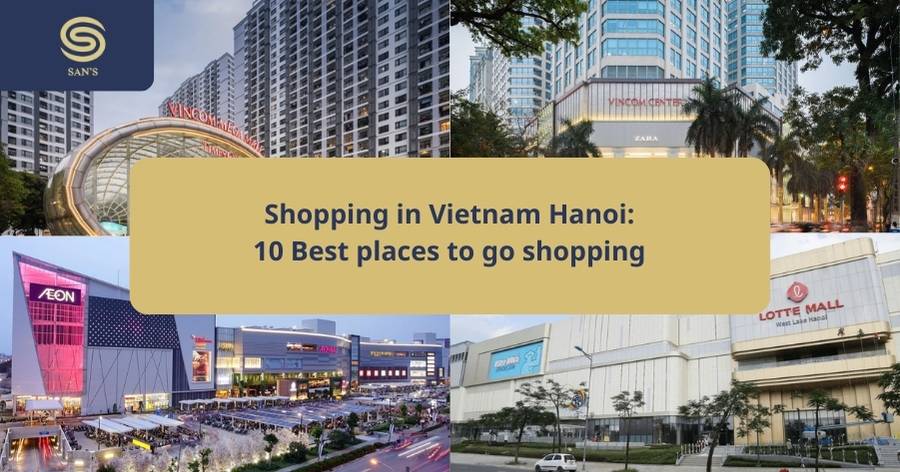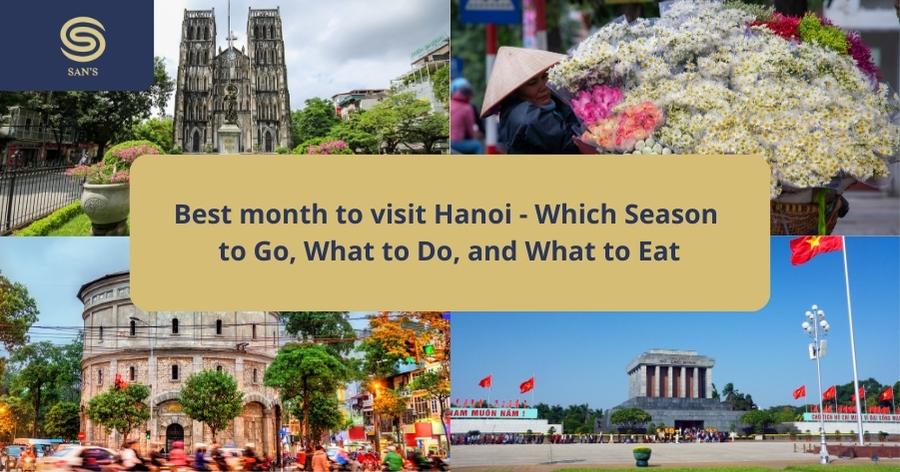As we embark on this exploratory journey, we aim to unravel the enchanting narratives encapsulated within the top 5 Hanoi market landmarks. Each market, distinguished by its unique character, offerings, and historical significance, invites visitors to step into a world where commerce and culture amalgamate, offering an immersive experience that transcends the ordinary.
From the echoing chants of vendors showcasing their wares to the intricate architecture reflecting epochs of history, every Hanoi market is a gateway to an enriching odyssey that mirrors the city’s multifaceted identity. Join us, as we traverse through aisles rich with heritage, and unveil the markets that are not just destinations but epitomize Hanoi’s living history and cultural exuberance.
1/Dong Xuan Market
Dong Xuan Market, anchoring the northern end of Hanoi’s Old Quarter, is not just a market but a historical monument. With its origins dating back to the 19th century, it stands as Hanoi’s largest and oldest market. The market has withstood the test of time, bearing witness to the changing tides of history and evolving with the city’s growth.
Each alley, stall, and product at this grand bazaar tells a story of resilience, adaptation, and the relentless spirit of Hanoi’s commerce and people.
-

Dong Xuan Market
Venturing into Dong Xuan is like stepping into a vibrant world where Hanoi’s cultural diversity is palpably felt. The market is a kaleidoscope of goods, from traditional Vietnamese crafts to an eclectic mix of items influenced by the waves of trade and cultural exchange. Visitors are greeted with an explosion of colors, sounds, and aromas, offering an unrivaled sensory experience.
Every aisle is a journey through Hanoi’s artistic and culinary heritage, marking Dong Xuan as an essential spot in the universe of Hanoi market experiences.
To truly unravel the treasures housed within Dong Xuan, visitors need to embrace the market’s bustling energy. Early morning visits offer an opportunity to witness the market spring to life. Bargaining is an art form here, where friendly haggling can lead to rewarding finds.
-

Dong Xuan Market
Navigating the myriad of aisles, each echoing the stories of vendors who have inherited stalls through generations, unveils a world where the essence of Hanoi is traded, bartered, and celebrated every day.
In the city’s bustling atmosphere, Dong Xuan Market stands as a testament to Hanoi’s enduring charm and dynamic commerce, offering visitors a glimpse into the city’s soul, where history, culture, and trade amalgamate, making it a jewel in the crown of Hanoi market attractions.
2/Hang Da Market
Hang Da Market stands as a testament to Hanoi’s ability to embrace change while honoring its past. What was once a series of traditional stalls and open-air vendors has transformed into a modern shopping complex. Yet, amidst its contemporary facade, echoes of its storied past linger.
-

Hang Da Market
The architectural evolution of Hang Da is a physical manifestation of Hanoi’s journey, intertwining tradition and modernity, making it a compelling destination for those seeking diversified Hanoi market experiences.
A visit to Hang Da offers an eclectic array of unique finds, establishing its repute in the constellation of Hanoi market attractions. Each floor is a revelation, showcasing everything from high-quality fabrics to vintage items, fashion accessories, and more.
The market has positioned itself as a haven for those in pursuit of distinct, one-of-a-kind items that encapsulate both the traditional craftsmanship and contemporary flair of Hanoi.
-

Hanoi Street Markets
Navigating Hang Da requires a balance of nostalgic appreciation and a contemporary shopper’s savvy. While the market’s structure has adapted to the modern era, the essence of the traditional Hanoi market experience is preserved in the quality and uniqueness of the items on offer. Exploring during the mid-morning hours promises a less crowded environment, allowing for a more leisurely perusal of the diverse offerings.
3/Bat Trang Ceramic Market
In the realm of the Hanoi market, Bat Trang Ceramic Market emerges as a destination where art and commerce intertwine, breathing life into the ancient craft of ceramics. Nestled in a village that has been the heart of Vietnam’s pottery scene for centuries, the market mirrors the hands, souls, and unyielding spirits of artisans who have passed down their craft through generations.
-

Bat Trang Market
Each piece, from ornate vases to intricate tiles, tells a story of a legacy meticulously crafted and lovingly preserved.
Beyond the allure of shopping, Bat Trang sets itself apart in the Hanoi market scene with opportunities for immersive experiences. Visitors are invited to not just observe but participate in the creation of ceramic art.
Pottery classes under the guidance of seasoned artisans offer hands-on experiences, where visitors mold, shape, and paint their creations. It’s a dive into the intimate process of ceramic making, offering insights that transform every purchased piece into a personal narrative.
-

Bat Trang
Bat Trang Ceramic Market is not just a marketplace but a sanctuary of artistic expression, holding a distinctive place in the Hanoi market landscape. It offers more than transactions – it promises connections, where every purchase is a piece of history, every artifact a slice of cultural richness, and every visit an immersive journey into the timeless world of Vietnamese ceramics.
4/Quang Ba Flower Market
Quang Ba Flower Market is more than a marketplace; it’s a fragrant narrative woven into Hanoi’s cultural and historical fabric. As a unique destination among the Hanoi market options, Quang Ba comes to life in the early hours, illuminating the dawn with a myriad of colors and fragrances.
For generations, this has been a place where traditions blossom and ceremonies are enriched, each flower carrying the essence of local stories, beliefs, and celebrations.
-

Quang Ba Market
Within the realm of the Hanoi market scene, Quang Ba is a sanctuary where nature’s artistry is vividly on display. It offers an opportunity to immerse oneself in a world where each bloom is a masterpiece, each fragrance a sonnet.
The market boasts an extensive variety of flowers, sourced locally and internationally, presenting a vibrant mosaic of colors, textures, and aromas. Every stall is a gallery, showcasing floral compositions that are as ephemeral as they are beautiful, echoing the transient yet enduring beauty of Hanoi’s cultural landscape.
To fully embrace the ethereal charm of Quang Ba, timing the visit is paramount. The market is at its most enchanting in the early hours of the dawn when the flowers are freshest and the air is imbued with an intoxicating mix of fragrances.
This is when the Hanoi market unveils itself in its most authentic form, with vendors lining up their best blossoms and the city’s florists coming to life, selecting the freshest picks to adorn the city for the day ahead.
-

Quang Ba Market
Quang Ba is not just a visit but an experience, an olfactory and visual journey that transcends the traditional concept of a Hanoi market.
Amidst the bustling city, it stands as a tranquil yet vibrant oasis where nature’s finest creations are not just sold but celebrated, each blossom offering a silent, eloquent testimony to Hanoi’s enriched, blossoming cultural tapestry.
5/Hang Be Market
Hang Be Market, tucked within the intricate lanes of Hanoi’s Old Quarter, is a paradise for food enthusiasts. It stands distinct in the Hanoi market scenario, serving as a living chronicle of the city’s rich culinary heritage. Every stall and vendor is a chapter in a flavorful narrative, offering a journey through the history, diversity, and evolution of Vietnamese cuisine.

In the diverse Hanoi market landscape, Hang Be emerges as a realm where flavors reign supreme. Visitors are invited to wander through aisles teeming with an array of fresh produce, exotic spices, and meticulously prepared dishes. From the infamous pho to the delicate flavors of banh mi, and the complex textures of bun cha, Hang Be is an ode to Vietnam’s gastronomic prowess.
Navigating the culinary oasis of Hang Be requires an understanding of the unwritten rules that define the Hanoi market ethos. Haggling is an intrinsic part of the shopping experience, an art finely balanced between assertiveness and respect.
FAQs
1. What are the operating hours of these markets in Hanoi?
Each market has different operating hours. Dong Xuan and Hang Be are typically open from early morning till late evening, while Quang Ba Flower Market is best visited at dawn. It’s advisable to check specific timings before your visit.
2. Can I bargain at Hanoi markets?
Yes, bargaining is a common practice and part of the shopping experience in the Hanoi market scene. It’s advisable to negotiate prices politely to get the best deals.
3. Are there any dress codes to follow while visiting these markets?
There are no strict dress codes, but dressing modestly is appreciated, especially when visiting markets located near religious or historical sites.
4. Is it necessary to know Vietnamese to shop at Hanoi markets?
While knowing basic Vietnamese phrases can enhance your shopping experience, many vendors understand English, and communication apps can assist in translation.
5. Can I find vegetarian food options at Hang Be Market?
Yes, Hang Be and other Hanoi markets offer a variety of vegetarian and vegan food options, showcasing the diversity of Hanoi’s culinary landscape.
6. Is it safe to shop at Hanoi markets during the evening?
Generally, Hanoi markets are safe for shopping during the evening. However, like any bustling area, it’s advisable to be aware of your belongings.
7. Are the markets wheelchair accessible?
Some modern and renovated markets may offer better accessibility, but traditional markets can be crowded and might not be fully wheelchair-friendly. It’s best to inquire in advance.
8. Can I take photographs at the markets?
Photography is generally allowed, but it’s polite to ask for permission before taking pictures of vendors or their products.
9. What is the best way to reach these Hanoi markets?
Hanoi markets are easily accessible by foot, cyclo, motorcycle, or taxi. The choice depends on your location and preference for exploring the city.
10. Are credit cards accepted in Hanoi markets?
While some shops may accept credit cards, cash is predominantly used in markets, so it’s advisable to carry enough local currency for purchases.





